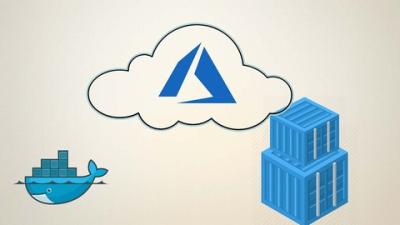Description
A lot of people working in the Information Technology sector are expected to be familiar with a few technologies that are required in the projects you are supposed to work. No matter whether you have a background in software development, operations or testing, DevOps has changed the way people used to work. With constant disruptions from the Cloud Computing services, organizations are moving all of their projects directly on the cloud. It doesn’t matter whether its hosted on the public, private or hybrid cloud infrastructure, you are still expected to work on two key technologies- Containers and Virtual Machines. In this course you will be learning about Container services on Microsoft Azure cloud platform. You will be learning Containers right from the beginning, so don’t worry if you are just moving to Containers. Later in this course, you will learn with some hands-on practical examples and demonstrations on some of the container services on Microsoft Azure.
What is Docker?
It is a set of platform as a service products that use OS-level virtualization to deliver software in packages called containers. Containers are isolated from one another and bundle their own software, libraries and configuration files; they can communicate with each other through well-defined channels.
What is Kubernetes?
It is an open-source container-orchestration system for automating computer application deployment, scaling, and management.
What is Service Fabric Cluster?
It is a network-connected set of virtual or physical machines into which your microservices are deployed and managed.
What is AKS (Azure Kubernetes Service)?
You can create Serverless Kubernetes, an integrated continuous integration and continuous delivery (CI/CD) experience and enterprise-grade security and governance.
What is Container Instances?
You can develop apps fast without managing virtual machines or having to learn new tools—it is just your application, in a container, running in the cloud.
What is Container Registry?
You can Build, store, secure, scan, replicate, and manage container images and artifacts with a fully managed, geo-replicated instance of OCI distribution.

